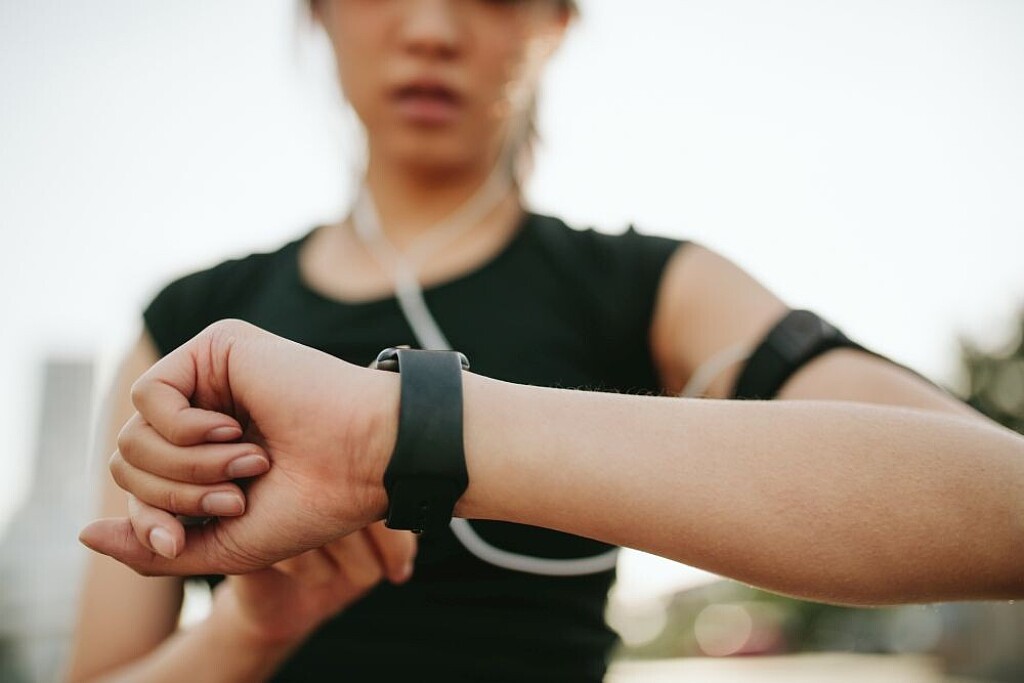Running News Daily
Running News Daily is edited by Bob Anderson. Send your news items to bob@mybestruns.com Advertising opportunities available. Train the Kenyan Way at KATA Kenya and Portugal owned and operated by Bob Anderson. Be sure to catch our movie A Long Run the movie KATA Running Camps and KATA Potato Farms - 31 now open in Kenya! https://kata.ke/
Index to Daily Posts · Sign Up For Updates · Run The World Feed
There are two basic ways to measure a run: time and distance, Many runners prefer one over the other, but both metrics are useful depending on the scenario
Time and distance. Many runners have a preference for one over the other, but is there one metric that’s better? The truth is, both have their place, and depending on the scenario, one may work better than the other.
When to run by time
While we typically race in terms of distance (5Ks, 10Ks, etc.), many runners prefer to do a lot of their training runs by time. Running by time isn’t always your best option, but it works well in the following scenarios:

When you’re crunched for time. If you only have one hour to fit your run in between other commitments, go ahead and run by time (just make sure you don’t stop your watch at stoplights). This way, regardless of how far you run, you know you won’t go overtime and be late for whatever else you need to do.
To increase enjoyment. Running by time is a great opportunity to turn off your GPS and stop worrying about things like pace or distance. If you find you’re constantly looking at your pace and distance and getting stressed out if you’re not as quick as usual, removing those metrics and simply running by time can help you enjoy your runs more.

For recovery days. To continue off the last point, running by time is a great option for recovery days because you won’t see your pace and be tempted to speed up when you really should be slowing down. If you’re an easy day pace-pusher, this is an effective way to prevent yourself from doing that.
Hone a sense of effort. When you aren’t distracted by things like pace and distance, you can really focus on how your body is feeling at different speeds. Being able to gauge effort by feel is a great way to control your pace, but it takes a lot of practice.
When to run by distance
There are a few instances when running by distance is the better option, and most of them involve trying to run faster:
When you’re trying to hit a mileage goal. This may sound obvious, but if you’re trying to reach a weekly mileage target, you’re better off measuring your runs by distance to make sure you reach your goal.
To learn pacing. The easiest way to learn how to pace yourself for different distances is to measure how far you’re running with a GPS that tells you how fast you’re going. Once you’ve learned how to pace yourself for various distances, like one kilometer, five kilometers, etc., you can start to pay attention to how those paces feel, which will allow you to turn off the GPS and run by time, as mentioned above.
To run faster. People tend to run faster over a set distance, compared to running by time, because when you run by distance the finish line is fixed. If you run faster, you get to stop sooner. When you run by time, on the other hand, running faster doesn’t get you to the finish any faster, so it’s less motivating. So when you’re trying to push yourself to run a little harder (like you would in workouts), distance may be your better option.
by Brittany Hambleton
Login to leave a comment




